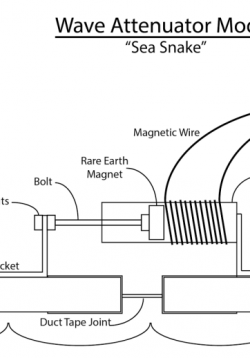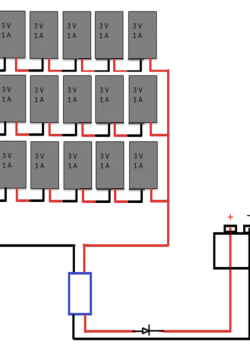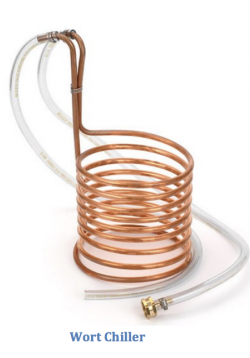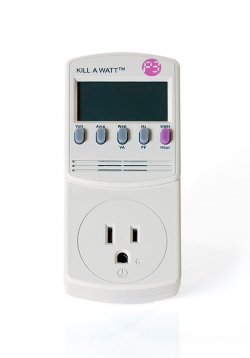Developing a Model of Thermal Energy, Atoms, and Molecules
Through a series of exploration and inquiry activities, students will explain kinetic molecular theory, atomic, and molecular structures. Students will be challenged to gradually increase the precision of their explanation of molecular-level structures...







